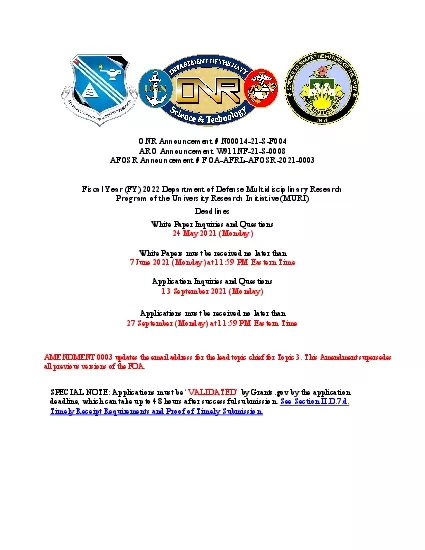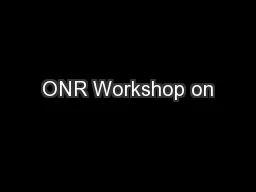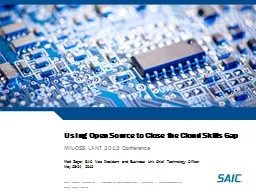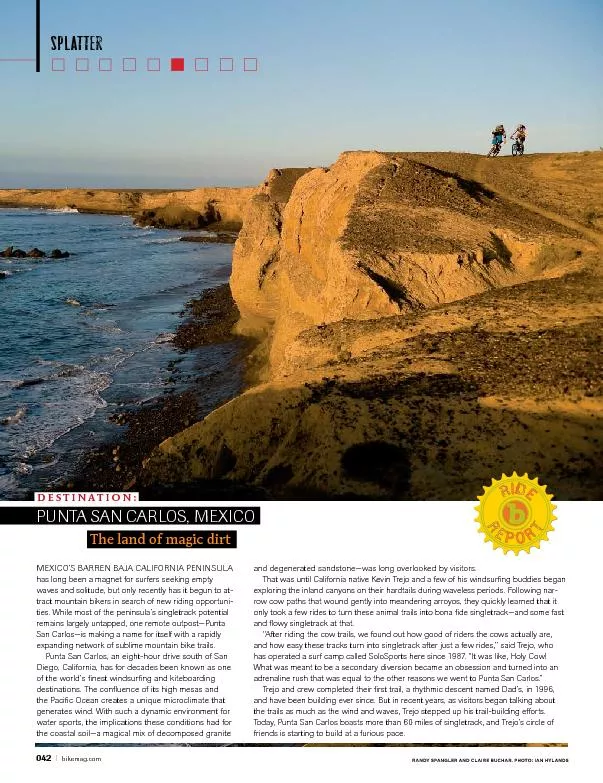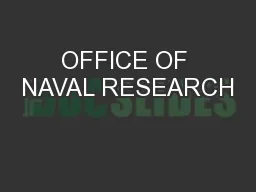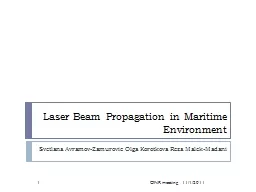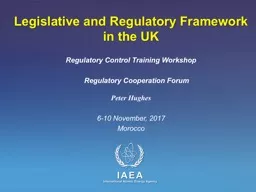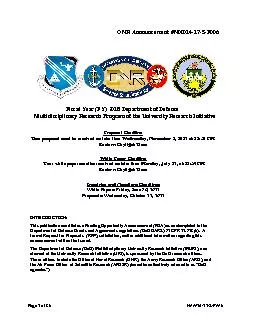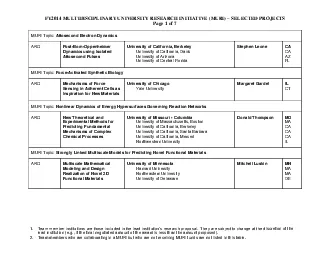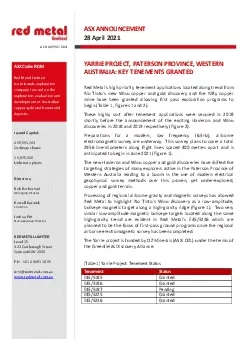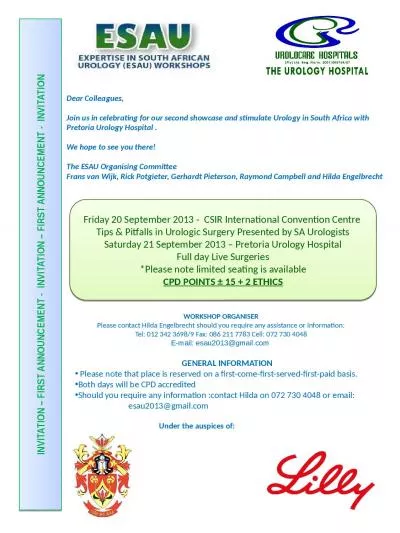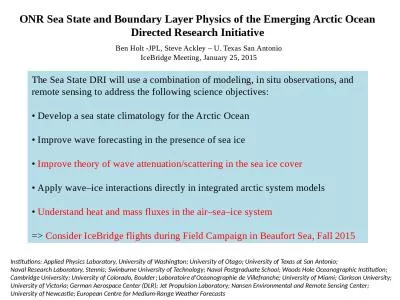PDF-ONR Announcement N0001421SF004 ARO Announcement W911NF21S0008 AF
Author : anderson | Published Date : 2021-08-05
Fiscal Year FY 2022 Department of Defense Multidisciplinary ResearchProgram of the University Research InitiativeMURIDeadlinesWhite Paper Inquiries and Questions
Presentation Embed Code
Download Presentation
Download Presentation The PPT/PDF document "ONR Announcement N0001421SF004 ARO Annou..." is the property of its rightful owner. Permission is granted to download and print the materials on this website for personal, non-commercial use only, and to display it on your personal computer provided you do not modify the materials and that you retain all copyright notices contained in the materials. By downloading content from our website, you accept the terms of this agreement.
ONR Announcement N0001421SF004 ARO Announcement W911NF21S0008 AF: Transcript
Download Rules Of Document
"ONR Announcement N0001421SF004 ARO Announcement W911NF21S0008 AF"The content belongs to its owner. You may download and print it for personal use, without modification, and keep all copyright notices. By downloading, you agree to these terms.
Related Documents

